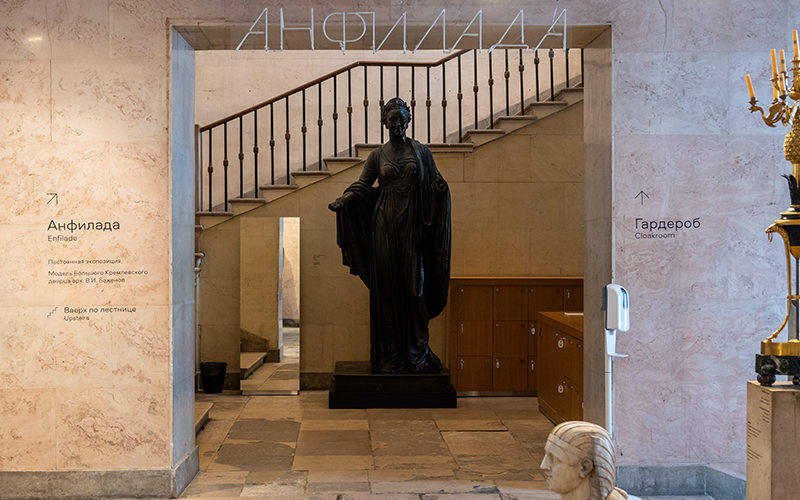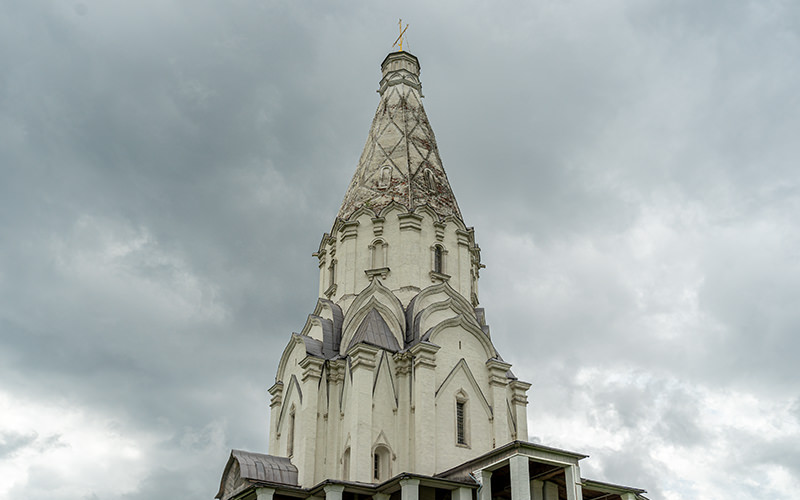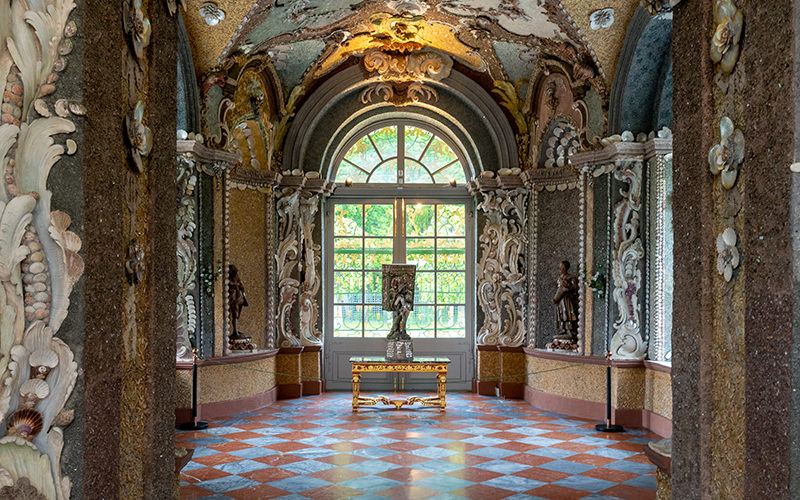Friends, today I invite you once again to take a short trip to Moscow to stroll through the wonderful palace and park complex of Kuskovo. My walk through the museum turned out to be quite long, so I decided to divide the article into two parts: today I will tell you about the history of this place and the mansion, and in the next material we will take a look at the park pavilions of the complex together.
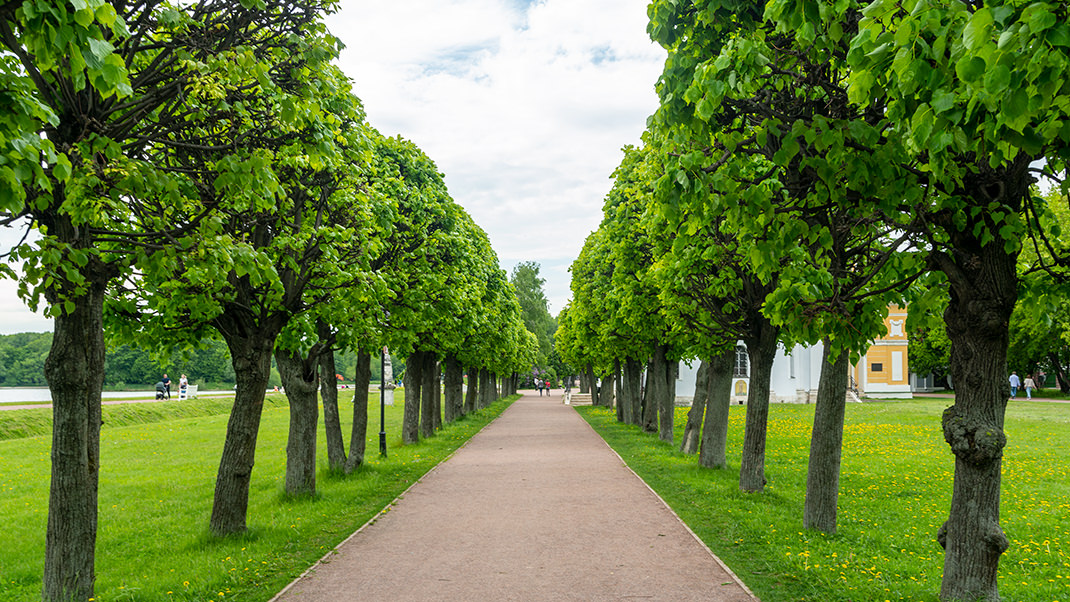
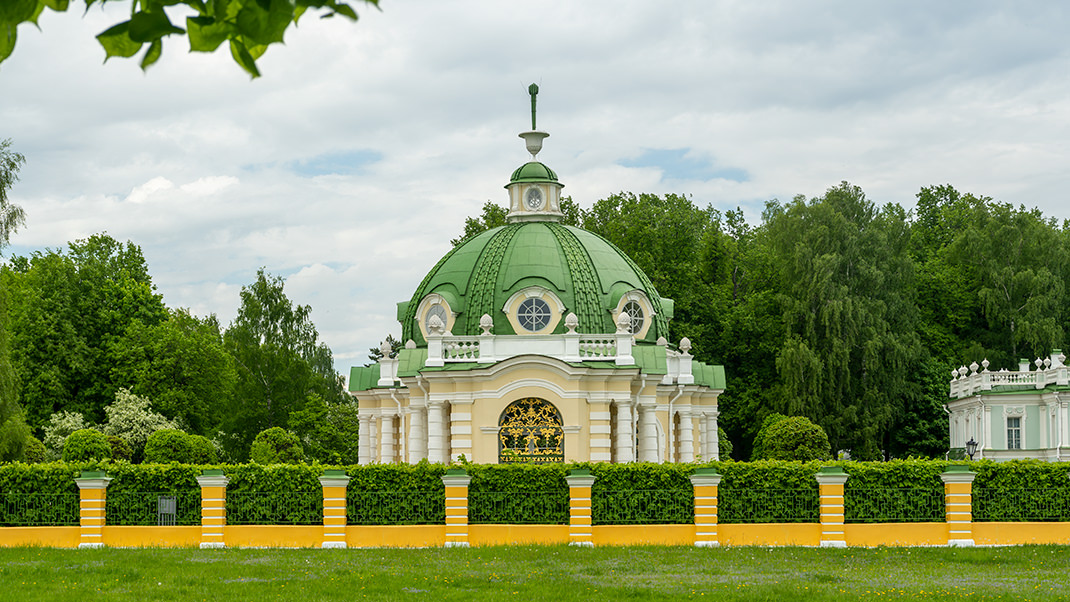
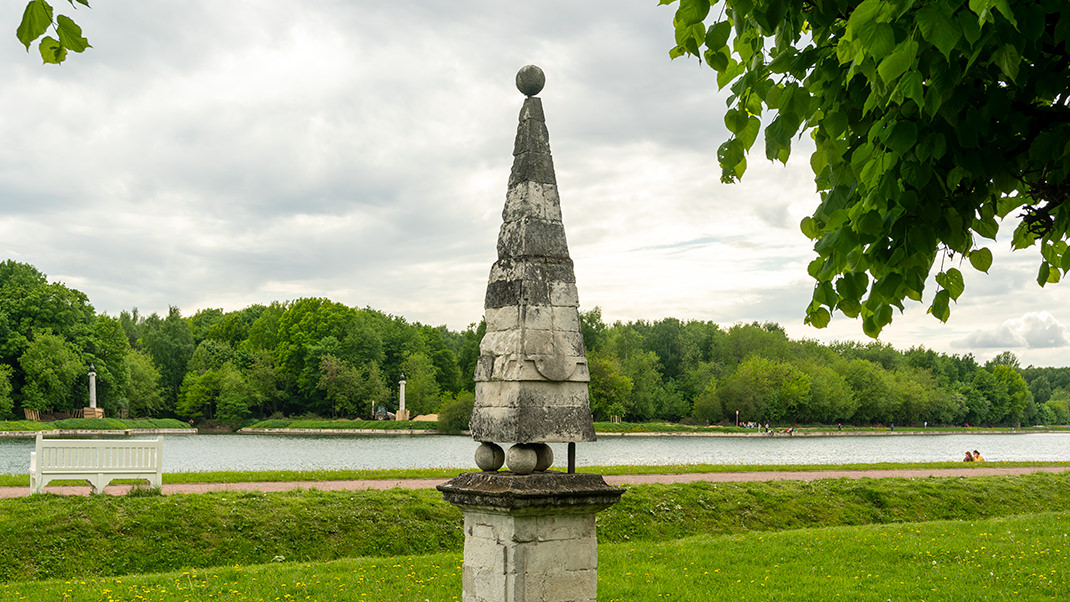
How to Get There by Metro
The address of the Kuskovo Estate Museum is 2, Yunosti Street, Moscow. I walked here from Novogireyevo metro station, which took about 30 minutes. The pavilions of Vykhino and Ryazansky Prospekt stations are located at about the same distance. According to online maps, there are bus routes from each of these stations to the estate complex.
The ticket prices vary depending on the available attractions: for example, you can visit only the park or the palace. I bought a combined ticket, which gives access to all park pavilions. In the summer of 2022, it costs 700 rubles, and I paid an additional 100 rubles for photography on the premises.
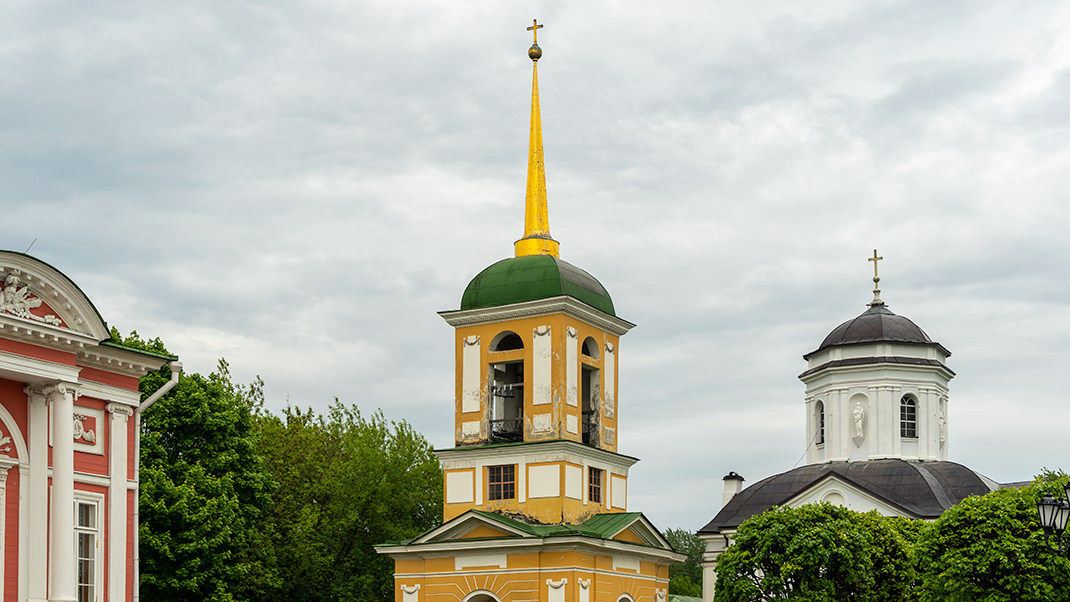
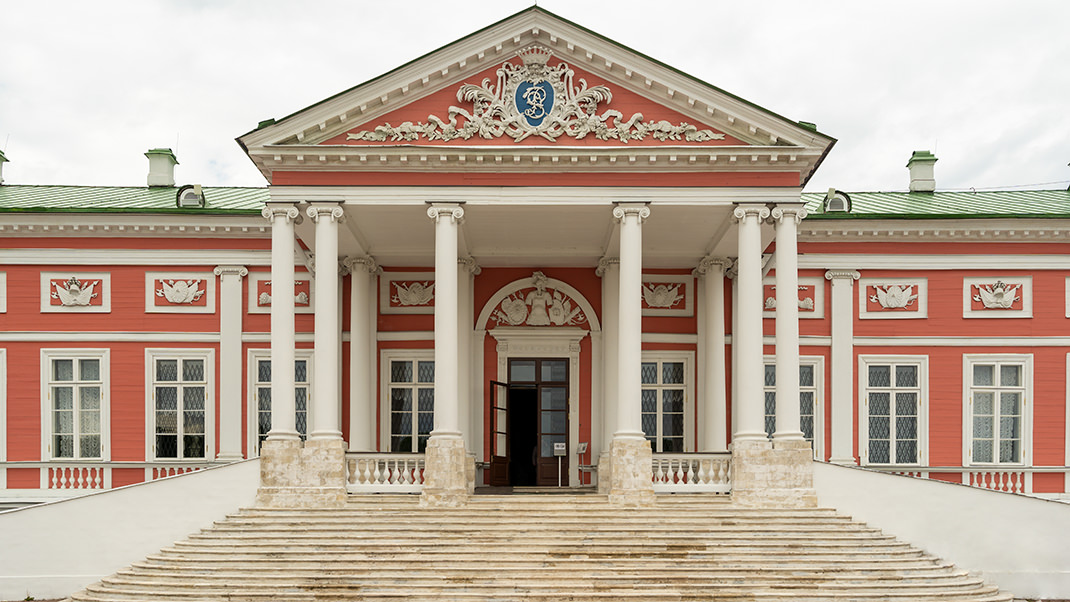
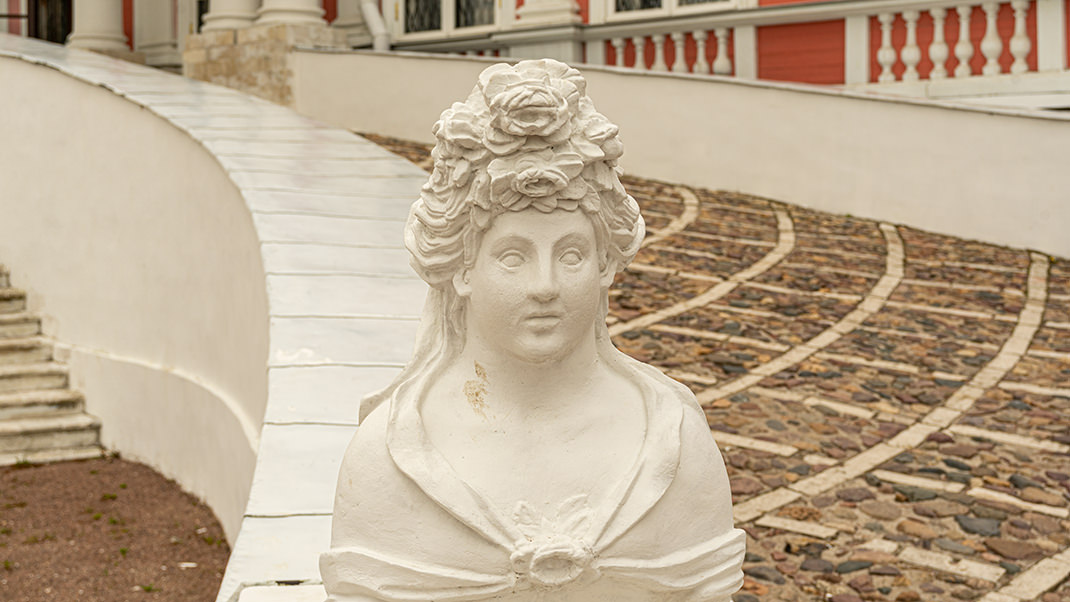
A Bit of History
The Kuskovo Estate Museum traces its history back to the eponymous village that once stood in these places. In the early 16th century, the territory was acquired by a representative of the famous Russian Sheremetev family, Vasily Andreevich Sheremetev. From that time until 1918, this land did not change hands, except for being resold within the family. In 1715, the estate was purchased by Boris Petrovich Sheremetev, and four years later it was inherited by his six-year-old son, Pyotr Borisovich. Under him, the famous palace and park ensemble was formed here.
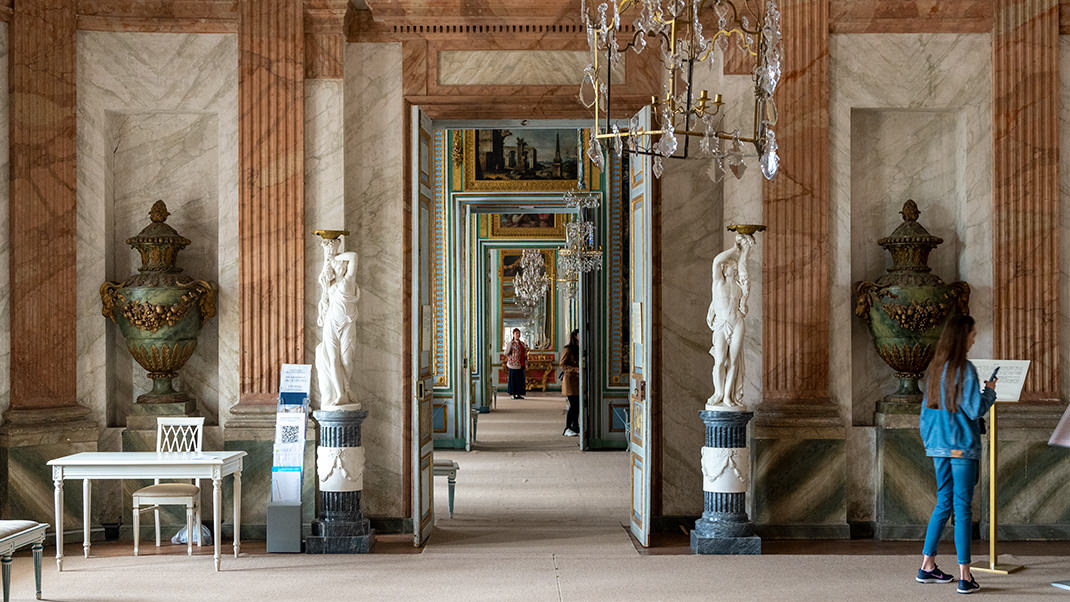
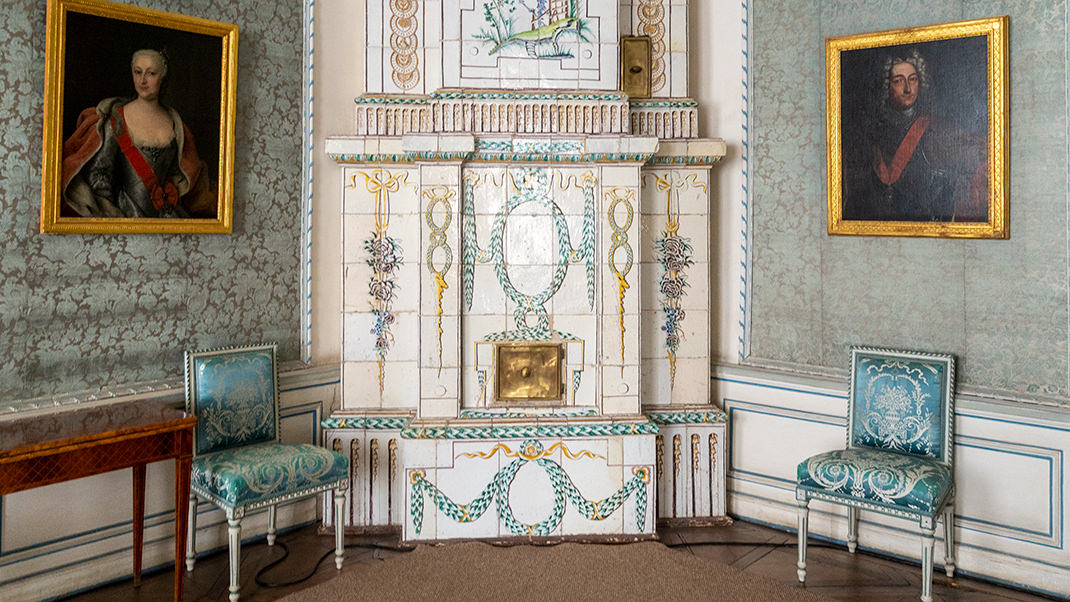
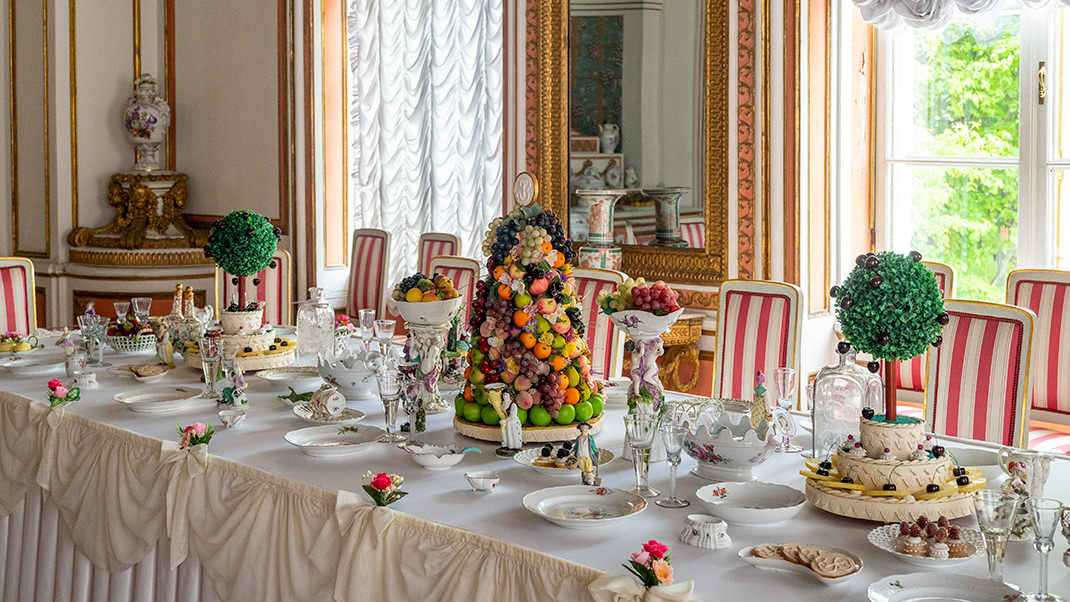
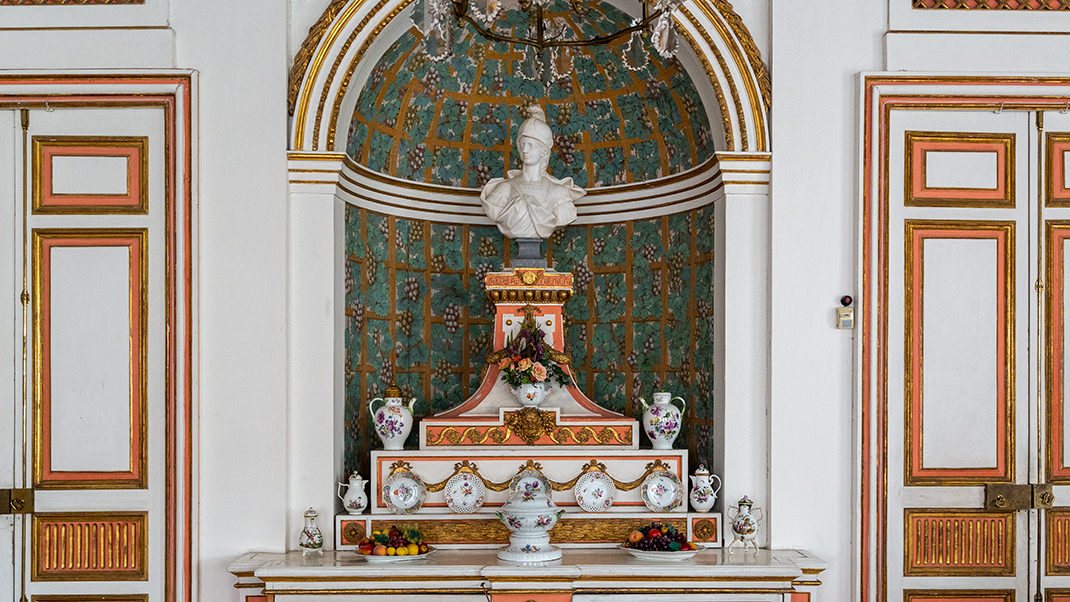
Contemporaries called Kuskovo the "Moscow Versailles." Empress Catherine II visited here, as did the Polish king and Emperor Joseph II of the Holy Roman Empire. In total, up to 30,000 people could visit the estate in one reception.
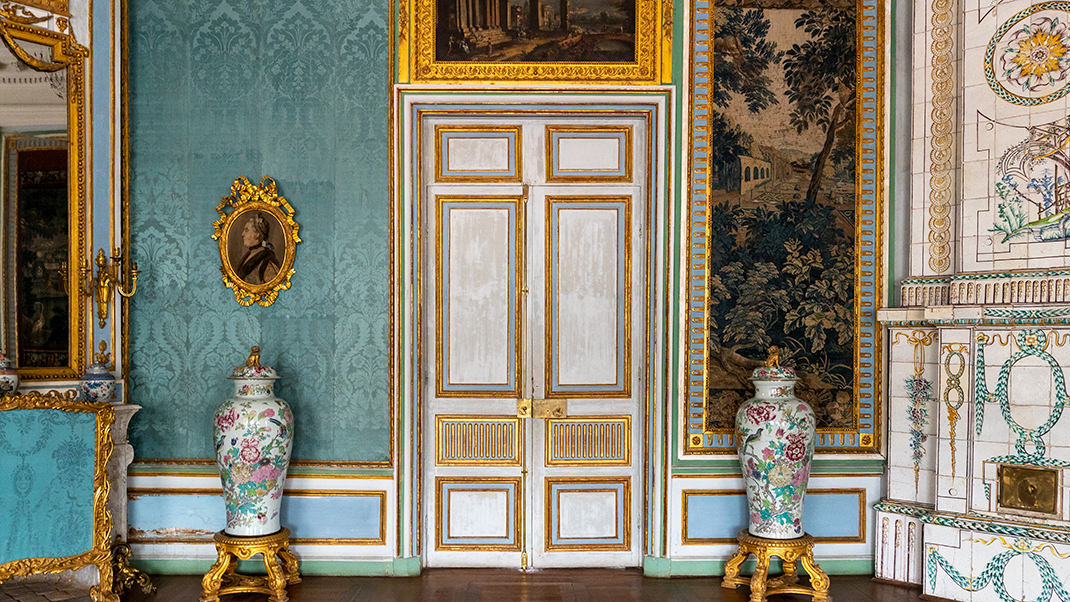
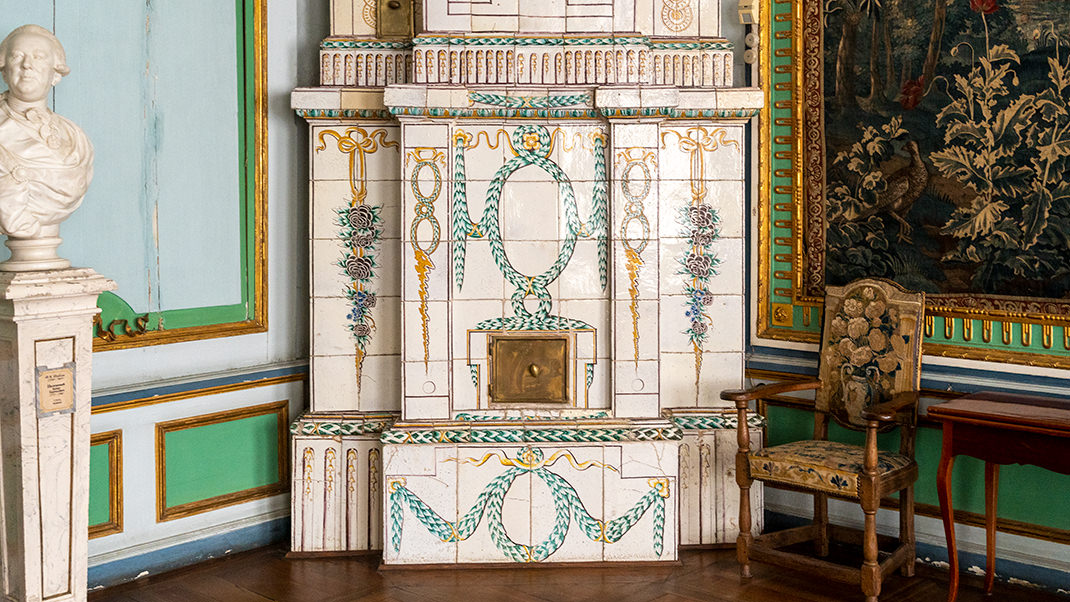
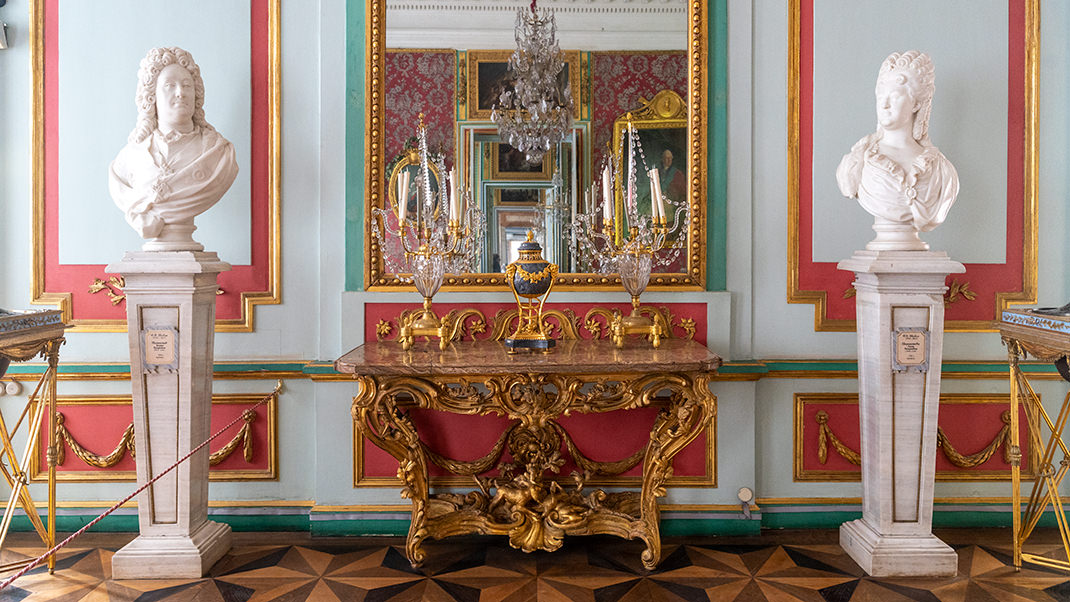
The heart of the estate complex is the palace, also known as the Grand House. The building was erected in 1769–1775, under the direction of architect Karl Blank. However, two years before the completion of construction, drawings of the palace facades arrived in Russia from Paris, developed by architect Charles de Wailly. The papers have not survived to our time, so it is impossible to judge the extent of the involvement of the foreign architect in the work on the palace.
Despite the large number of visitors to the estate, only a hundred selected guests were received in the palace. Many ceremonial interiors were created here: the card room, the sofa room, the billiard room, the mirror gallery, the painting room, the dining room, the ceremonial bedroom, and several living rooms. The garden facade of the palace faces a regular park with pavilions.
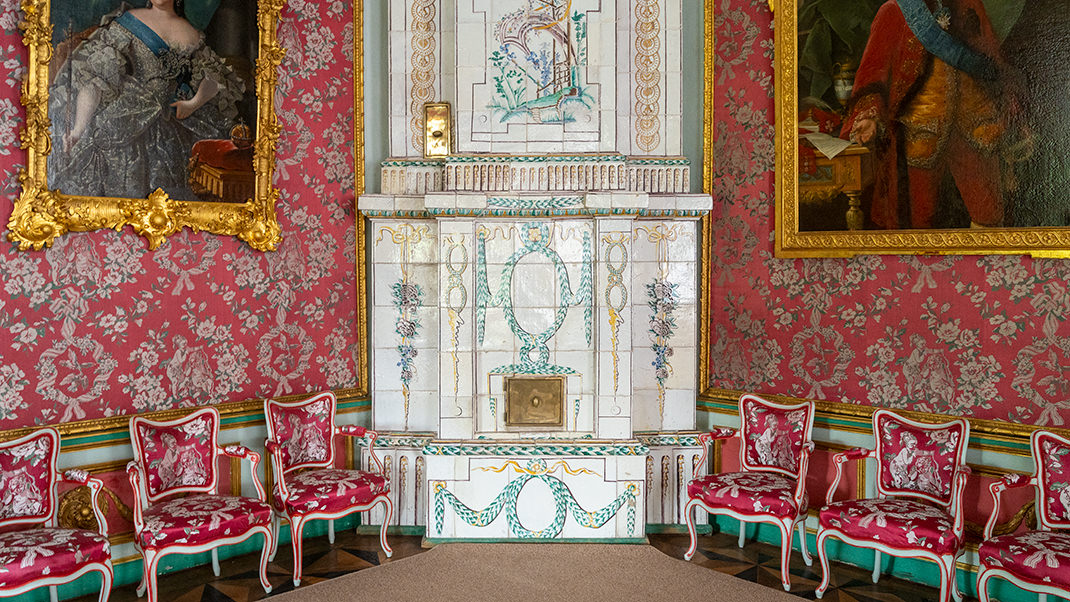
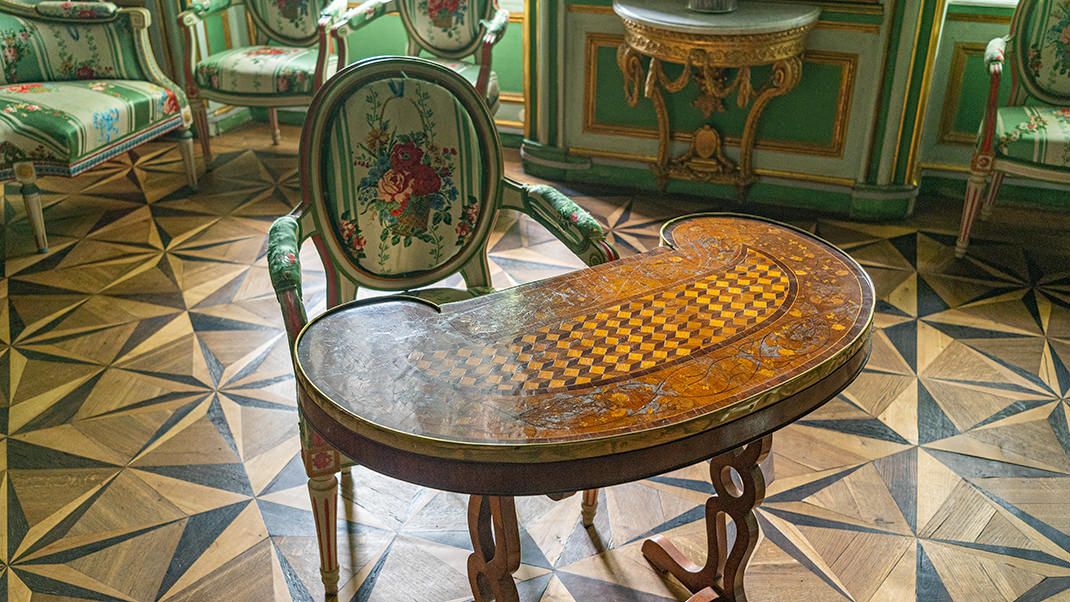
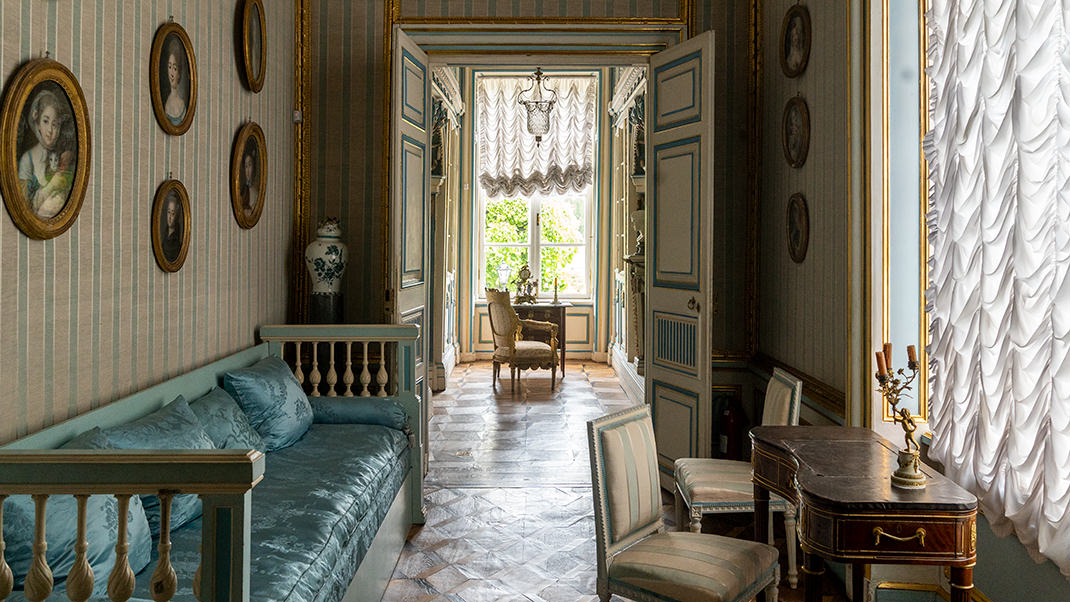
In the early 19th century, the new owner of the estate, Count N. P. Sheremetev, moved to Ostankino, and the ceremonial life in Kuskovo gradually declined. After the revolution, the former country residence became a museum complex. In the 1930s, the Museum of Porcelain and Glass, one of the largest in the world, was housed here. Later, the complex received a new name – "Museum of Ceramics and the Kuskovo Estate of the 18th Century."
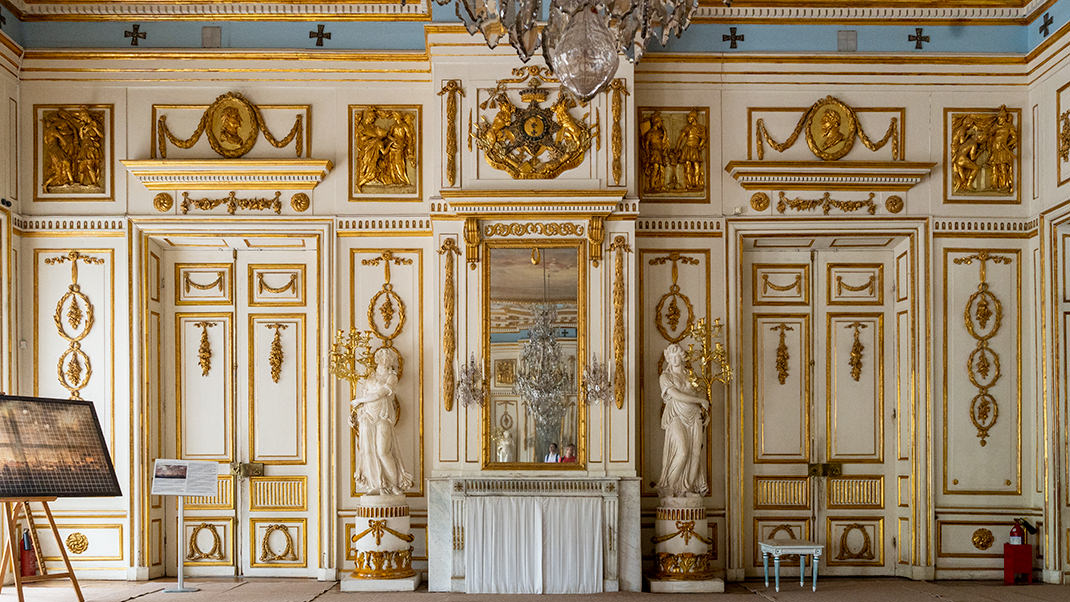
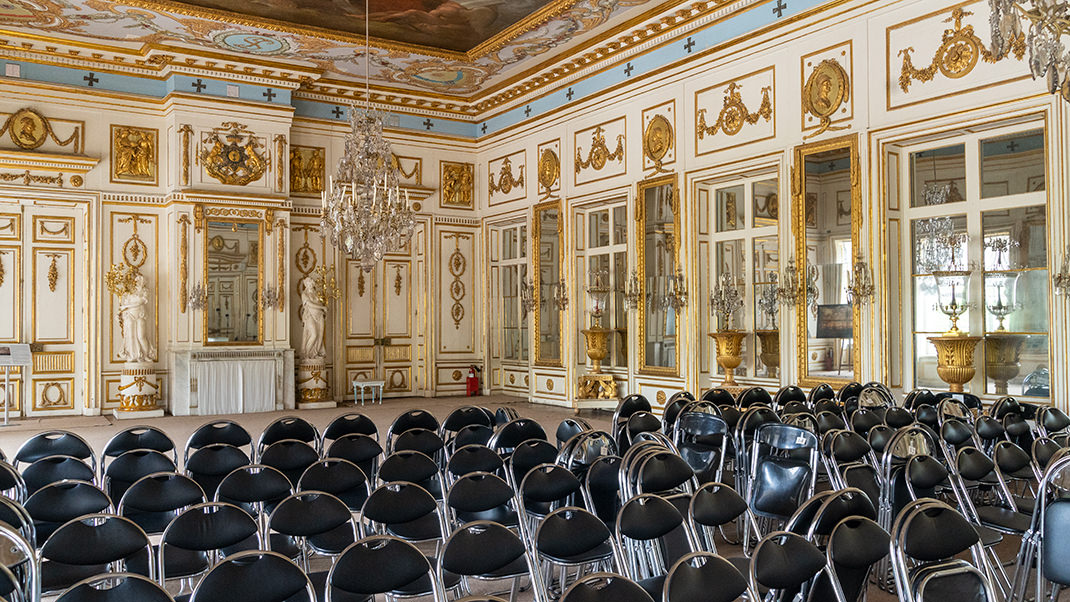
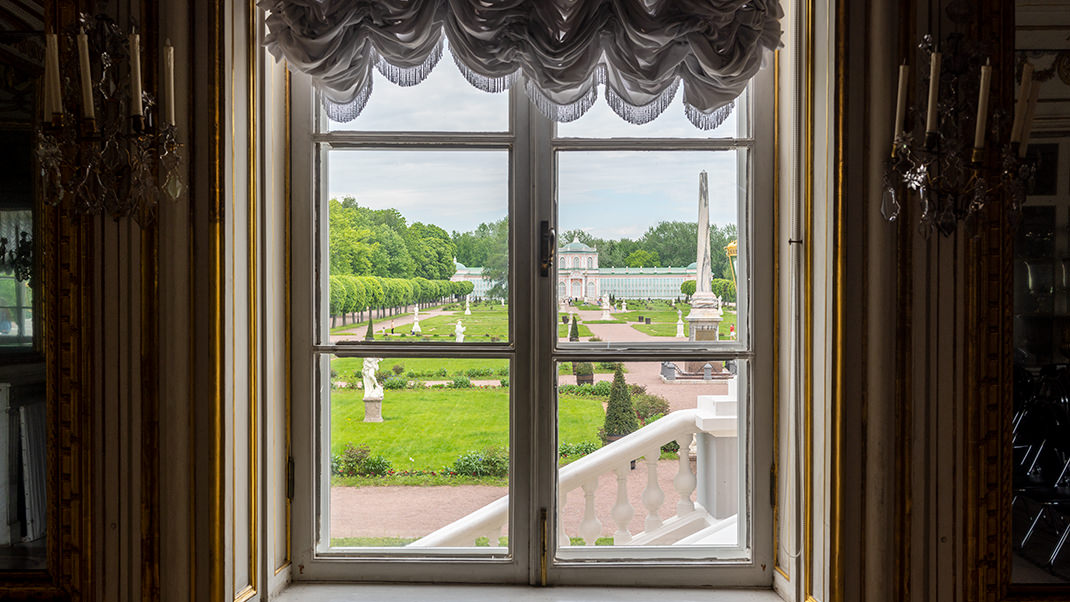
Here I would like to finish my story about the history of this place, but as I promised at the beginning of the material, we will continue our journey through the pavilions of the estate complex in the next article.
Have a nice trip!


